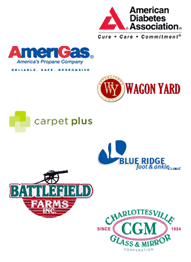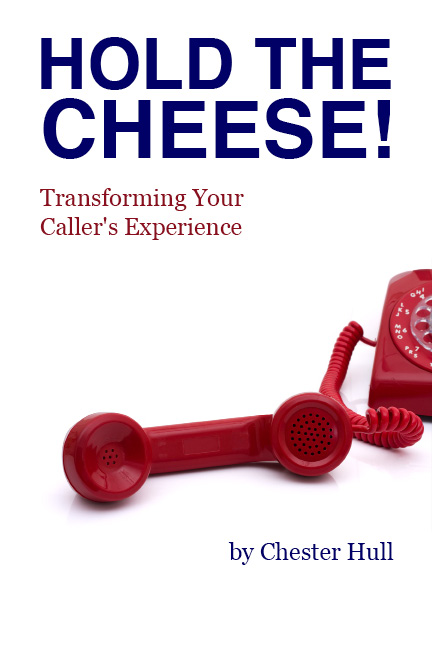I’m a huge fan of empowering your front line people to do what they need to do in order to make your customers happy. I’m constantly baffled at companies that give their Customer Service Reps the power to make very attractive offers to potential or former customers, but if I, as an existing customer, am unhappy or upset, there is virtually nothing they can offer to keep me as a customer.
Ann Brady talks about an experience she and her husband had with their satellite dish company. After more than four years as a loyal, paying customer, they noticed a problem with the reception. When they asked to have someone come take a look at it, they were told it would be $100. That is the only option customer service was empowered to offer. When Ann informed the customer service rep that she could get brand new satellite equipment for free from the company’s competitor, she was told to go ahead and switch, which Ann and her husband did. After they switched, the first company called to ask why they left, so Ann told them the story. The employee agreed that “After four years, we should have fixed it for free.” Too late. Ann had signed a new one-year agreement and couldn’t be happier with their new, free, digital video recorder.
Examples like these are not at all uncommon in the customer service world. Give your customer service people…your frontline customer contact points…the power to solve customers’ problems—to do whatever it takes (within reason) to make your customers happy.
Here are some tips for empowering your customer service department:
1.) Depending on the nature of the complaint, arm your customer service employees with the ability to offer incentives to unhappy customers to encourage them not to leave.
For example, if you normally charge for a service call, but you’re facing the prospect of losing a ten-year customer, allow the customer service representative to offer half off.
2.) If your company screwed up, and your customer calls you on it, allow your customer service people to admit that a mistake was made, apologize, and offer something to make up for it, perhaps a free month of service, or a coupon for a discount on a future order.
Nothing is more aggravating than having someone apologize without admitting any wrongdoing (i.e. “I’m sorry you feel that way,” or “I’m sorry you’re upset about that.”) Teach your people to say, “I’m sorry; we were wrong. What can we do to make it up to you?” While the customer isn’t “always right,” reacting this way can go a long ways toward keeping a customer.
3.) Toss the scripts. Giving customer service people lists of things to say to unhappy customers turns your people into nothing more than robots. With today’s voice recognition technology, you may as well use an automated response system.
Train your customer service people on how to act like human beings. Provide them with the kind of conflict-resolution training they need to turn unhappy customers into people who at least believe your company cares about their problems and wants to help them.
4.) Offer incentives to customer service people who retain unhappy customers.
For example, record your calls, and once a month give an award to the customer service representative who does the best job turning angry customers into happy ones.
5.) Don’t wait for the customer to insist on speaking to a manager. If the customer service representative’s authority to offer a solution is not enough to retain the customer, it should be standard procedure for the representative to request time to consult a supervisor and possibly bring him or her into the discussion.
 Facebook
Facebook LinkedIn
LinkedIn Twitter
Twitter



